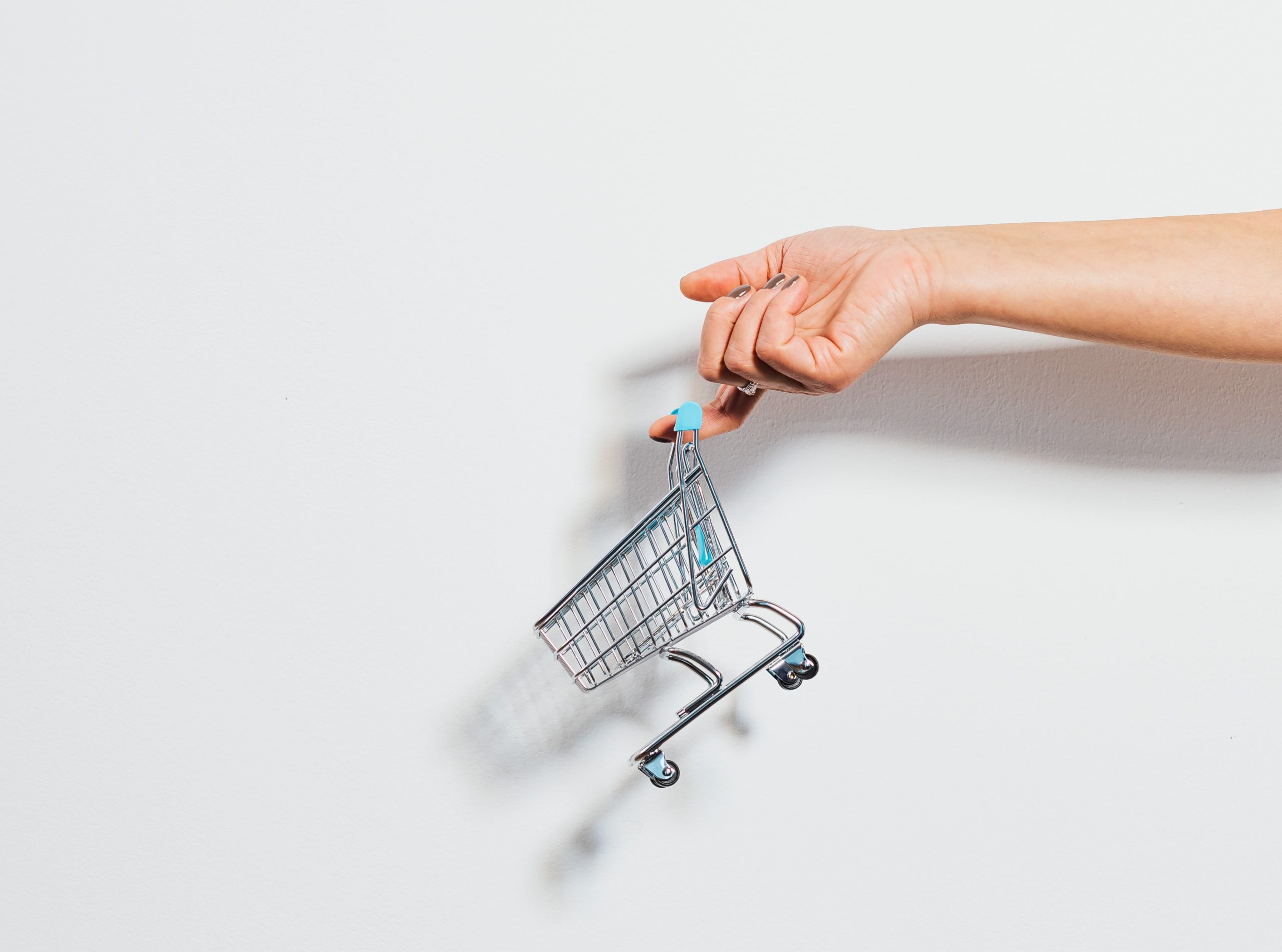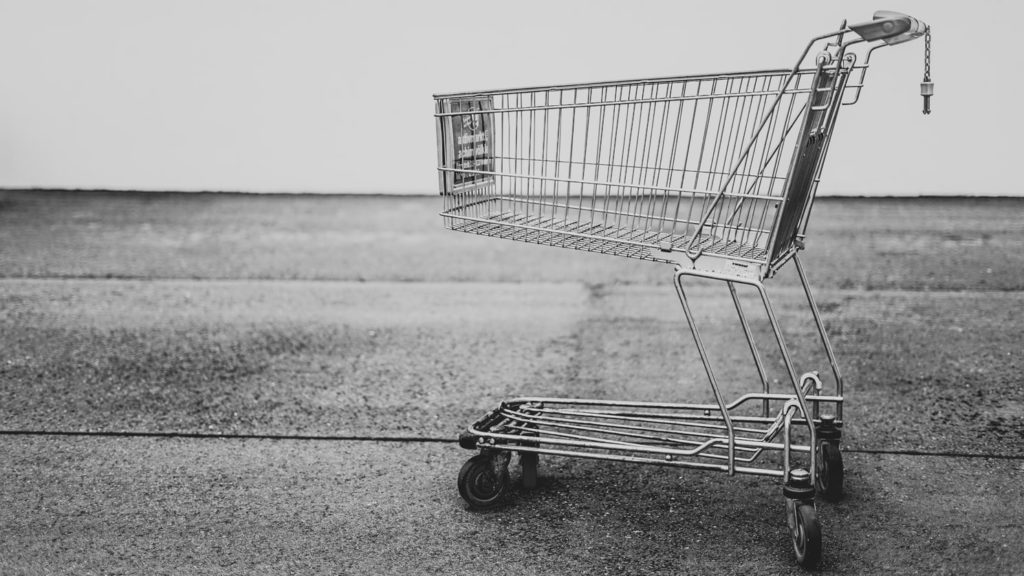
by Elty / April 22, 2021
It’s time to get clear on why cart holding is a terrible idea for your eCommerce business. The biggest risk in eCommerce is cart abandonment because it costs your business significant amounts of revenue.
Cart abandonment happens when shoppers add items to their cart then abandon the site before they complete the purchase. The sad truth is that cart abandonment is going to happen: 79 percent of customers are already doing it today.
Therefore, when you practice cart holding, you are only increasing the inevitable doom of lost potential customers and revenue. So, this article will tell you just how big of a problem cart holding is for your business.
But first, what is cart holding?
Jump ahead to:
Cart Holding Explained

Shopify cart holding led to the creation of Shopify cart reservation apps like Reserve in-store. This was a common practice that many new eCommerce developers sought to follow. However, businesses started to notice that cart holding was bad for sales conversions. Here’s how:
When an item is reserved for one client, it prevents other customers from buying the same product. Nevertheless, the item still presents itself as available on the site. So, when a new customer tries to purchase the same item, they get a notification informing them that the item is no longer available for purchase.
Such clients are known as bad actors. Cart holding puts your conversions at the mercy of such bad actors. Besides, offering the cart holding option only means that your sales are constantly hijacked. Let’s consider the effects of cart holding in terms of lost revenue.
Studies determine that for every 100 customers you have, only 20 of them have the intention of finishing a purchase. This means that the typical cart abandonment rate is 80 percent. So, if you are holding items for clients that are worth $500, you are likely to lose $400 in revenue.
This lost revenue isn’t recoverable revenue. Instead, you have lost buyers, customers, or hot leads. Now let’s get back to the topic at hand – why should you disable cart holding on your eCommerce site?
Your Customers Are Extensively Savvy

Because shopping online is becoming a common practice around the globe, customers are learning shopping tricks. One such trick is waiting for sales. Many buyers are excellent at searching for products and finding them online.
For instance, it’s now common practice for customers to visit physical stores, identify the items they like, and use these item bar codes to buy a good fit online. This means that there is a strong possibility that while you are holding items in the cart for one potential client, they are busy shopping for alternatives on other sites.
Price comparison is a significant reason why this happens. It is easy for clients from any generation, including generation X, to compare prices online. So, how many of your leads do you think practice the same trick?
Increased Competition
Did you know that more than 820,000 merchants use Shopify to sell their products? Your business is always in competition with these merchants. Therefore, you have no option but to stay on top of trends to remain competitive.
This means looking into your hidden costs and shipping costs because they are the top reasons for cart abandonment.
Shopify cart holding

As it stands, Shopify does practice cart reservation. But, the company has a strict rule: All items must be paid for before they are held. This system ensures that any reserved item in the cart has already been purchased.
It also eliminates the possibility of lost sales since buyers can pay for their items over the phone. How did Shopify make this possible? There are two ways in which you can use the Shopify cart reservation feature:
- Create a draft order for the item that’s being held then reserve it. When you do this, no customer will be able to buy the same item once the inventory reaches zero. Nevertheless, the draft order is only converted to an order after the customer has accepted to pay.
- Create a draft order for the item and set the draft order for partial payment. This means the customer will make a purchase payment and your system will mark the product as sold. But, if the customer doesn’t complete the payment, you can pay back the partial payment and return the item to the inventory list.
Shopify reserving items in a cart means that items are only removed from the inventory once payment is made.
Conclusion
The implications that cart holding can have on your business are significantly high. Just think, eight out of ten shoppers are likely to abandon the items you’ve held for them. Therefore, before you set your eCommerce platform to allow your customers to hold items, do a pro and con analysis for your business type. Then address each key point and see if cart holding is beneficial for your business in the long run. Chances are you will not need the cart holding feature after all.